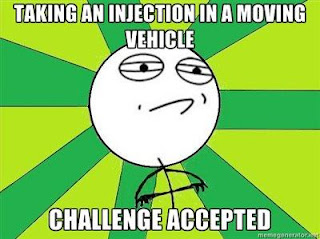http://www.peru-machu-picchu.com/
I chose this image for my blog post because to me it combines both a documentary style photograph with personal associations. I have yet to make it to Peru, but it on my list of must-see countries, and I hope to go there next year to do the Machu Picchu trek.
I think this image is especially effective as a documentary image because the photograph is pulled out enough to show the majority of the preserved Inca village, while still showing its incredible location embedded in the mountains. The affect of the clouds wrapping around the mountain shows the sheer altitude and the fact that it is very much a part of the natural landscape. The bright blue sky peeking through at the top reminds the viewer that the Village is actually outside, whereas more close-up photographs can be misleading, looking more like a man made exhibition.
Machu Picchu is a World Heritage site, but there have been talks of shutting down the tourist trails, as they are becoming to hard on the landscape, thus making it difficult to protect the integrity of the pristine preservation. Photographs like the one above may be the only way to experience the beauty of Machu Picchu. In this sense, documentary style photographs become an integral part of history lessons as they come as close as possible to encapsulating the magnitude of the 'World Wonders'.




